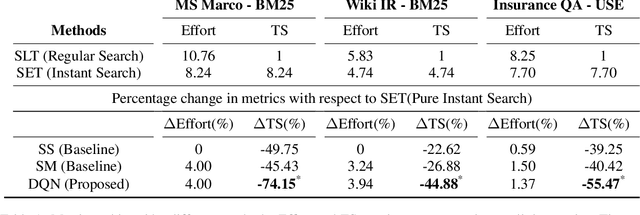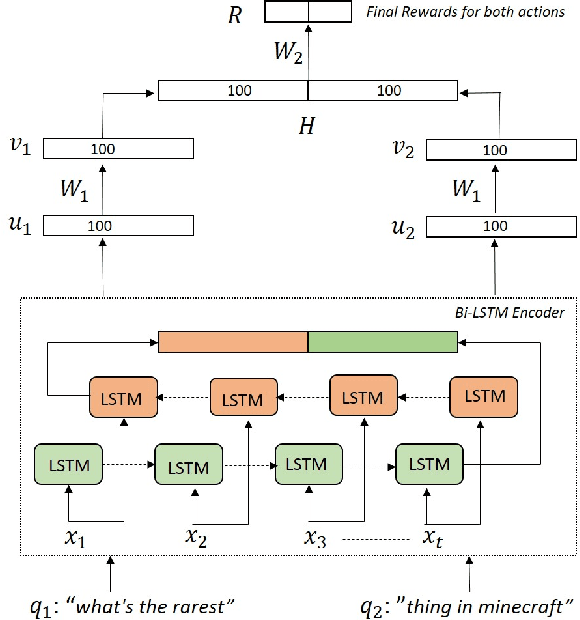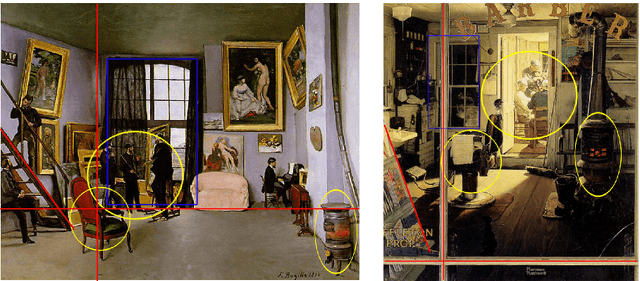Ravneet Singh Arora
Deep Reinforcement Agent for Efficient Instant Search
Mar 17, 2022



Abstract:Instant Search is a paradigm where a search system retrieves answers on the fly while typing. The na\"ive implementation of an Instant Search system would hit the search back-end for results each time a user types a key, imposing a very high load on the underlying search system. In this paper, we propose to address the load issue by identifying tokens that are semantically more salient towards retrieving relevant documents and utilize this knowledge to trigger an instant search selectively. We train a reinforcement agent that interacts directly with the search engine and learns to predict the word's importance. Our proposed method treats the underlying search system as a black box and is more universally applicable to a diverse set of architectures. Furthermore, a novel evaluation framework is presented to study the trade-off between the number of triggered searches and the system's performance. We utilize the framework to evaluate and compare the proposed reinforcement method with other intuitive baselines. Experimental results demonstrate the efficacy of the proposed method towards achieving a superior trade-off.
Toward Automated Discovery of Artistic Influence
Aug 14, 2014



Abstract:Considering the huge amount of art pieces that exist, there is valuable information to be discovered. Examining a painting, an expert can determine its style, genre, and the time period that the painting belongs. One important task for art historians is to find influences and connections between artists. Is influence a task that a computer can measure? The contribution of this paper is in exploring the problem of computer-automated suggestion of influences between artists, a problem that was not addressed before in a general setting. We first present a comparative study of different classification methodologies for the task of fine-art style classification. A two-level comparative study is performed for this classification problem. The first level reviews the performance of discriminative vs. generative models, while the second level touches the features aspect of the paintings and compares semantic-level features vs. low-level and intermediate-level features present in the painting. Then, we investigate the question "Who influenced this artist?" by looking at his masterpieces and comparing them to others. We pose this interesting question as a knowledge discovery problem. For this purpose, we investigated several painting-similarity and artist-similarity measures. As a result, we provide a visualization of artists (Map of Artists) based on the similarity between their works
 Add to Chrome
Add to Chrome Add to Firefox
Add to Firefox Add to Edge
Add to Edge